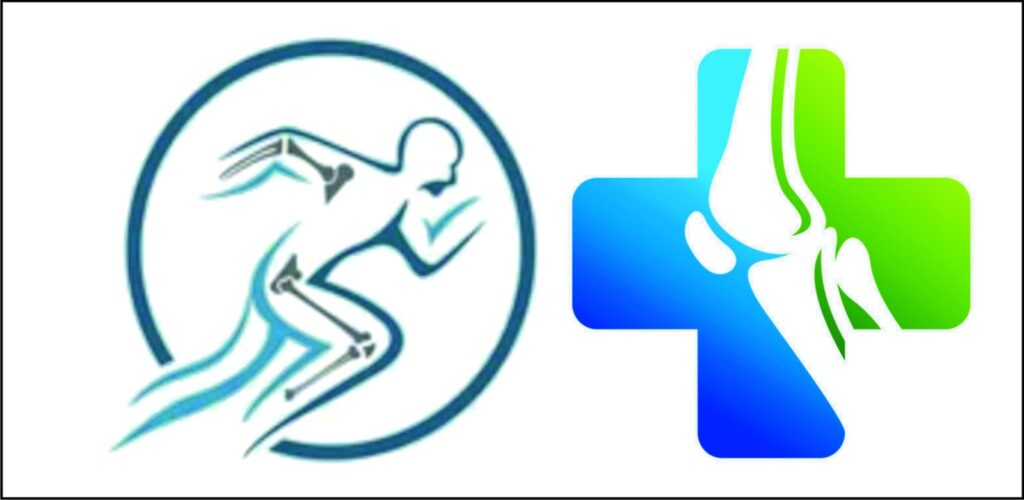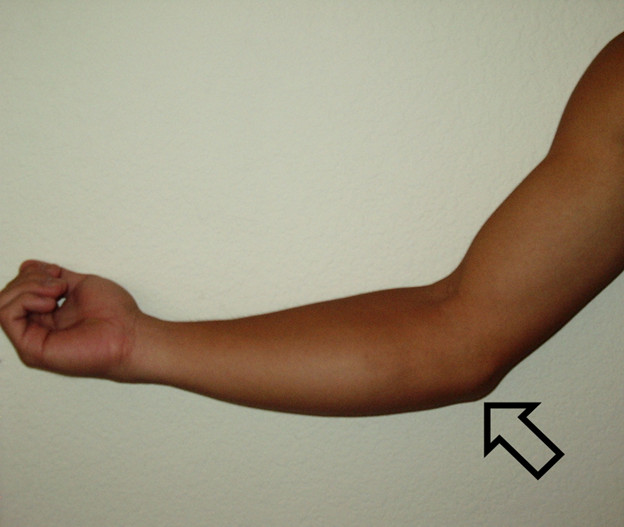The ulnar collateral ligament (UCL) is a key player in maintaining elbow stability. It helps keep everything in place when you bend or straighten your arm. If you injure it, your elbow can become wobbly and painful. Catching UCL injuries early is crucial because this ligament plays a big role in arm movement. Recognizing problems like UCL tear symptoms arm pain early can make a huge difference. Timely intervention can prevent more serious damage, allowing for faster healing. So, it’s important for anyone experiencing arm issues to understand these symptoms and take quick action.
What Causes UCL Tears and How To Identify Them?
UCL tears often come from repetitive stress or sudden injuries, just like pulling too much on a rubber band. Using your elbow the same way repeatedly can strain the UCL until it gives way. Throwing balls too hard or doing heavy lifting can trigger these tears. Sometimes, holding your arm wrong during an unexpected fall can result in trouble too.
Recognizing when you have signs of a torn UCL is essential. If your elbow aches, swells, or becomes tough to move, it might signal a problem. Other symptoms of UCL tear include a popping sound or feeling weak in the arm. Have difficulty gripping things? It deserves attention. Look for bruising; it can suggest internal injury.
Certain activities can raise UCL tear risks even in non-athletes. Do you lean on your elbow a lot or do repetitive manual tasks like typing or hammering? These can stress your UCL too. Whether you’re crafting, gardening, or lifting groceries, these daily activities might trigger symptoms of a torn UCL in thumb if done repetitively without proper rest.
Who Is at Risk: The Profile of People Vulnerable to UCL Tears
Athletes are well acquainted with UCL tear symptoms, especially baseball pitchers who frequently throw. These athletes often put their elbows through intense and repetitive motion, escalating injury risks. However, you don’t need to be a sports star to be at risk. Non-athletes performing repetitive tasks, like carpenters and decorators, also face similar hazards. Aging also plays a part. Younger folks naturally move differently, which often protects them better. But older individuals may not be as lucky due to natural tissue wear. Using poor techniques or not taking preventive steps can make anyone vulnerable too.
Diagnosing UCL Tears: Key Steps Before Consulting Healthcare Providers
Acting swiftly upon noticing signs of a torn UCL is crucial. Before rushing to a healthcare provider, certain at-home checks can guide your next steps. Here are some helpful moves: – Observe Pain Levels: Notice persistent, sharp, or aching pains. Are specific arm movements making the pain worse? – Motion Testing: Try moving your arm and check for tightness or instability, especially compared to the non-affected arm. – Rest and Relief: Does taking a break or applying ice bring relief?
These can help devise a checklist for UCL tear symptoms. Pay attention to these areas to ensure comprehensive observations.
If you identify potential UCL symptoms, consult a medical expert. They’ll likely conduct further investigations, such as a physical exam. For precise views of the damage, Magnetic Resonance Imaging (MRI) is often utilized. X-rays, although not directly showing ligaments, might rule out bone-related issues. Such procedures confirm signs of UCL tear before chalking out proper plans.
Treatment Options and Recovery Strategies for UCL Tears
Once diagnosed, understanding various treatment paths for UCL tear symptoms aids recovery. Not every case calls for surgery. Many initial signs of torn UCL heal well with RICE—Rest, Ice, Compression, and Elevate. Medicines may reduce inflammation or manage pain. Bracing or physiotherapy are other available non-surgical routes.
Some scenarios do demand surgical intervention, especially those in athletes or severe cases where non-invasive methods fail. Searching for relief without addressing root causes may worsen conditions.
It’s important to follow up a treatment with a personalized recovery plan. A tailored roadmap ensures optimized healing. Post-diagnosis, rehabilitation exercises target rebuilding strength and mobility. Simple stretches or monitored physical therapies can progressively restore function effectively. Being consistent with scheduled exercise gradually rebuilds your arm.
Proactive Measures and Myths About UCL Tears
Prevention is always smarter than finding cures. To avoid UCL symptoms, maintaining good arm posture and using proper techniques is key. Here’s a quick list to safeguard your elbows: – Always warm-up before activities. – Listen to your body’s discomfort. – Ensure you maintain proper form in daily tasks.
However, myths often mislead people. One common misconception is assuming only athletes face UCL trouble. While they have higher risks, anybody can sustain UCL injuries. Dismissing mild symptoms or delaying treatment also proves misguided.
Stay mindful of your body’s signals. Swift action helps keep issues small and manageable. With increased awareness, individuals easily dodge pitfalls and strive toward stronger, healthier elbows.
Experience expert spinal care with Dr. Ashish B C. Book your consultation today and take the first step toward a pain-free life!


